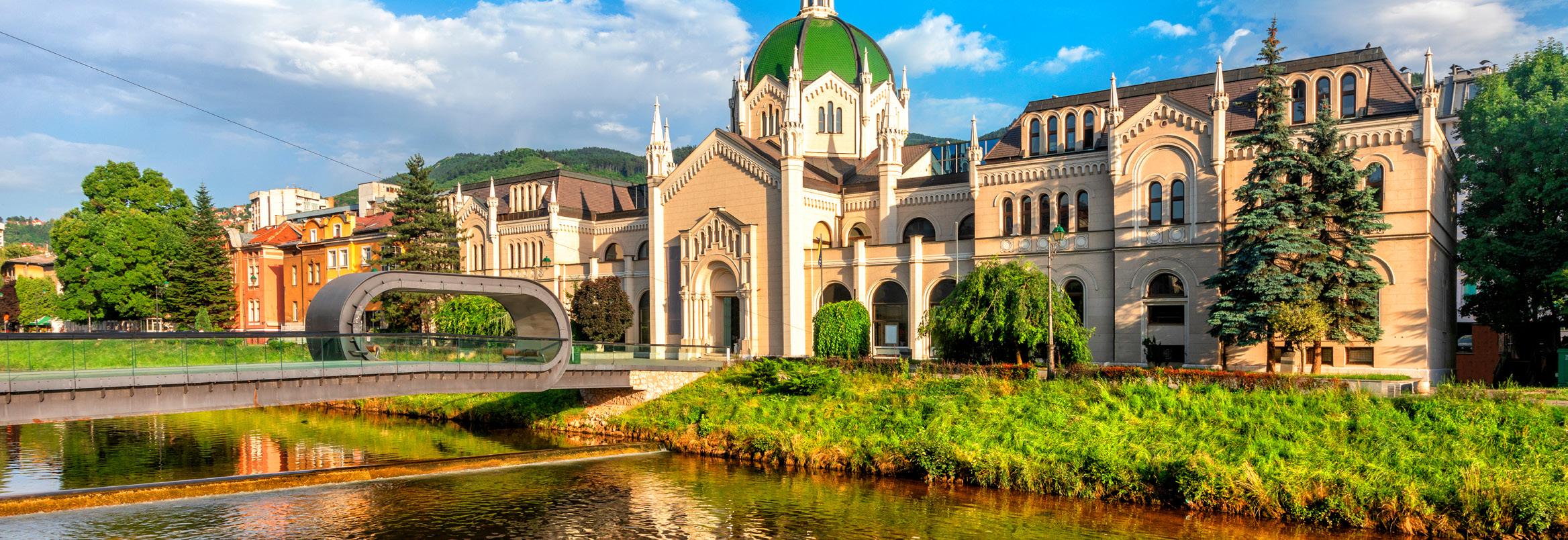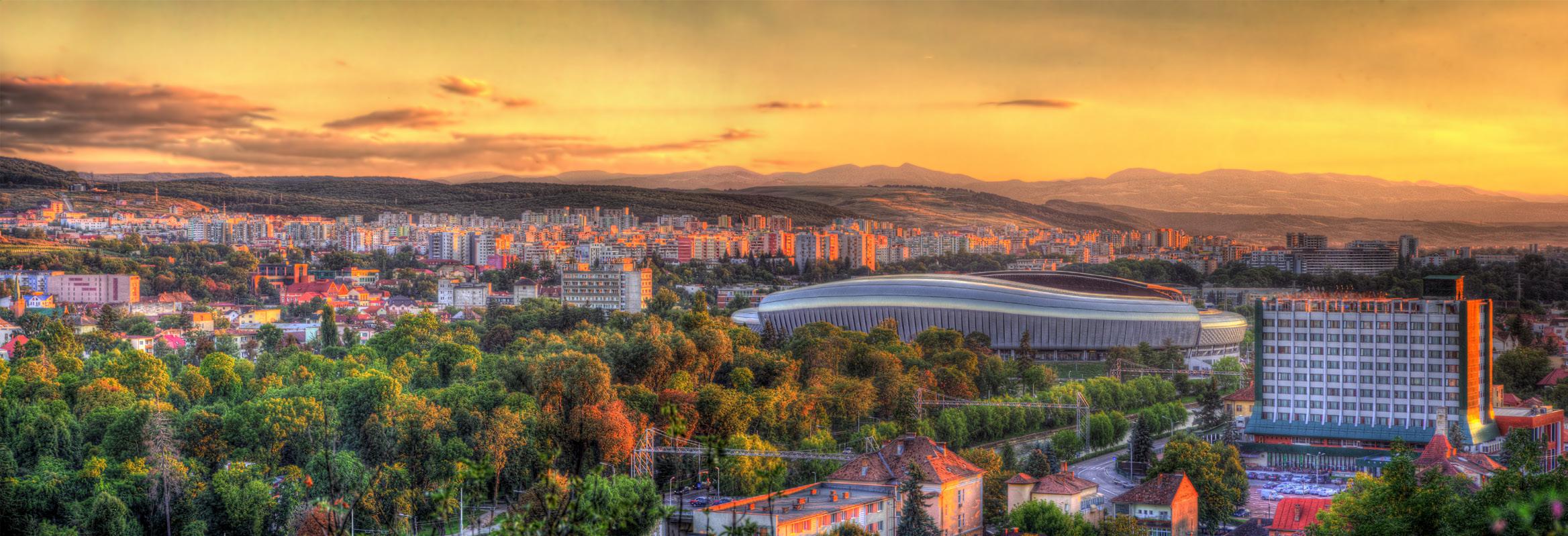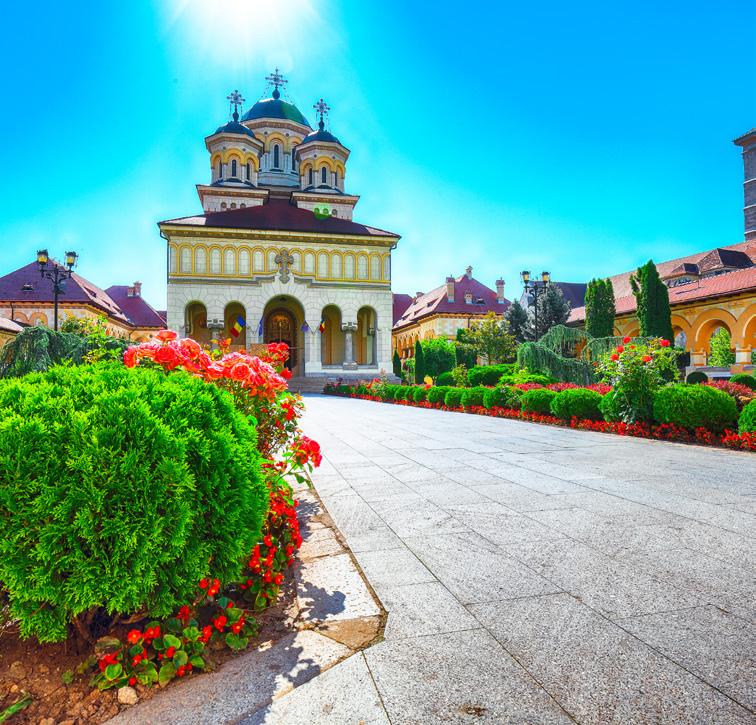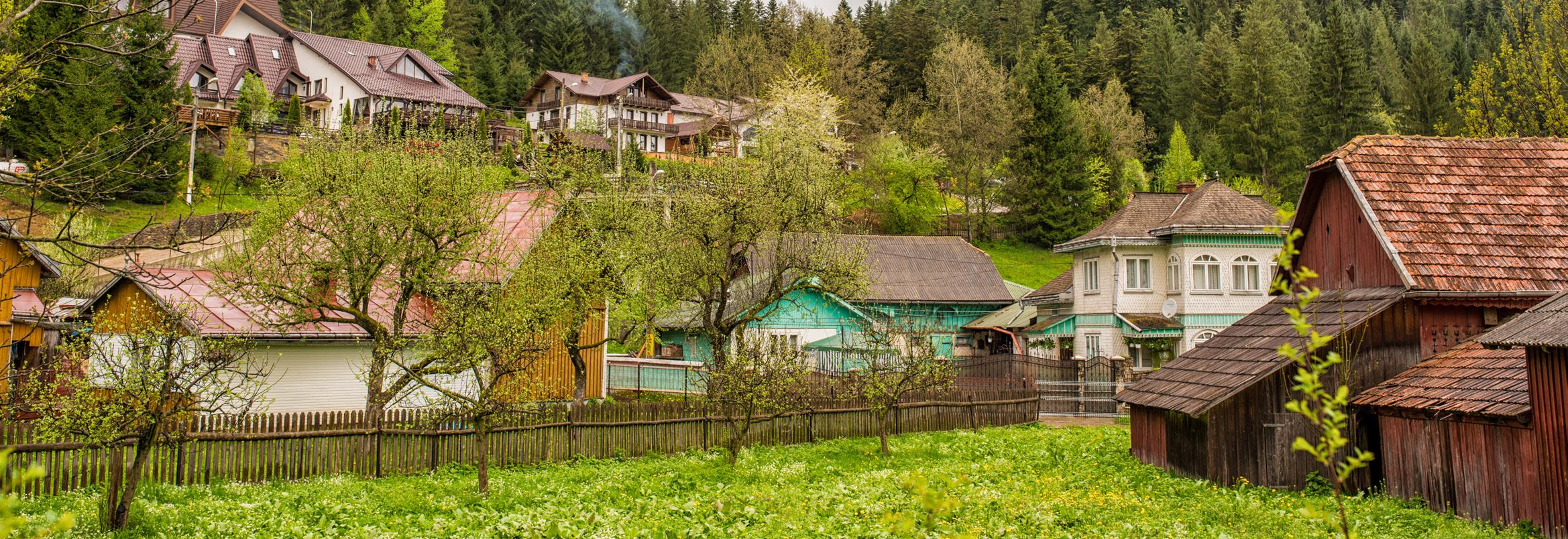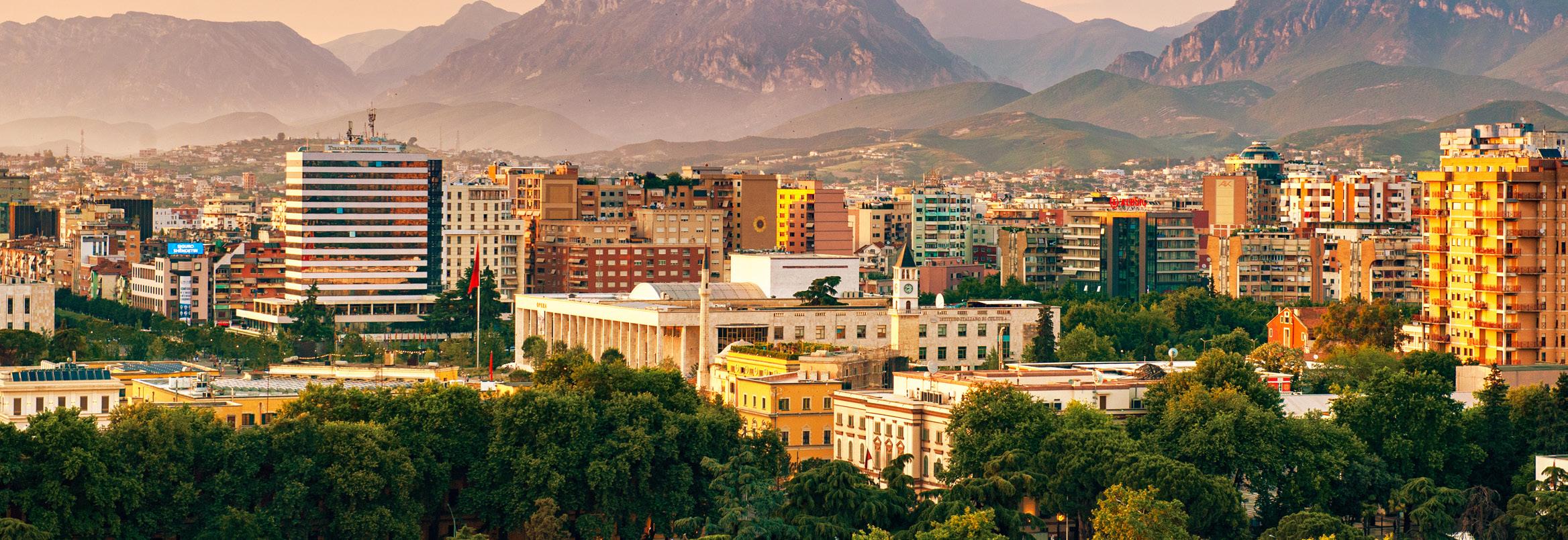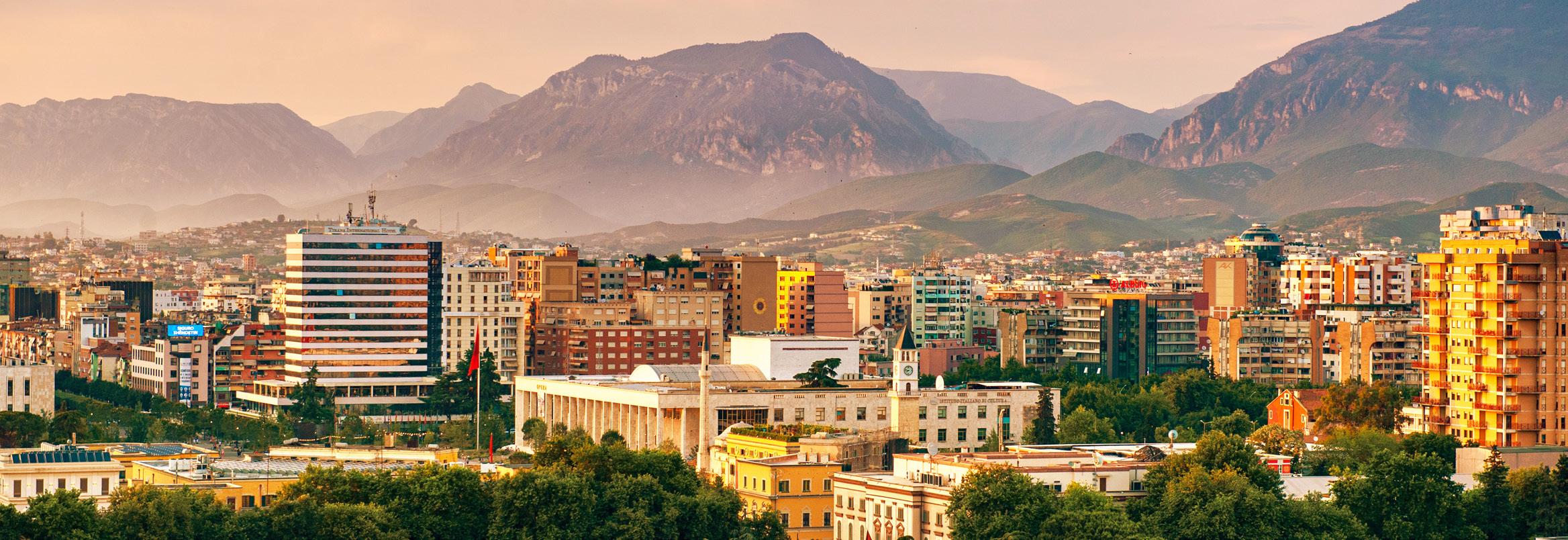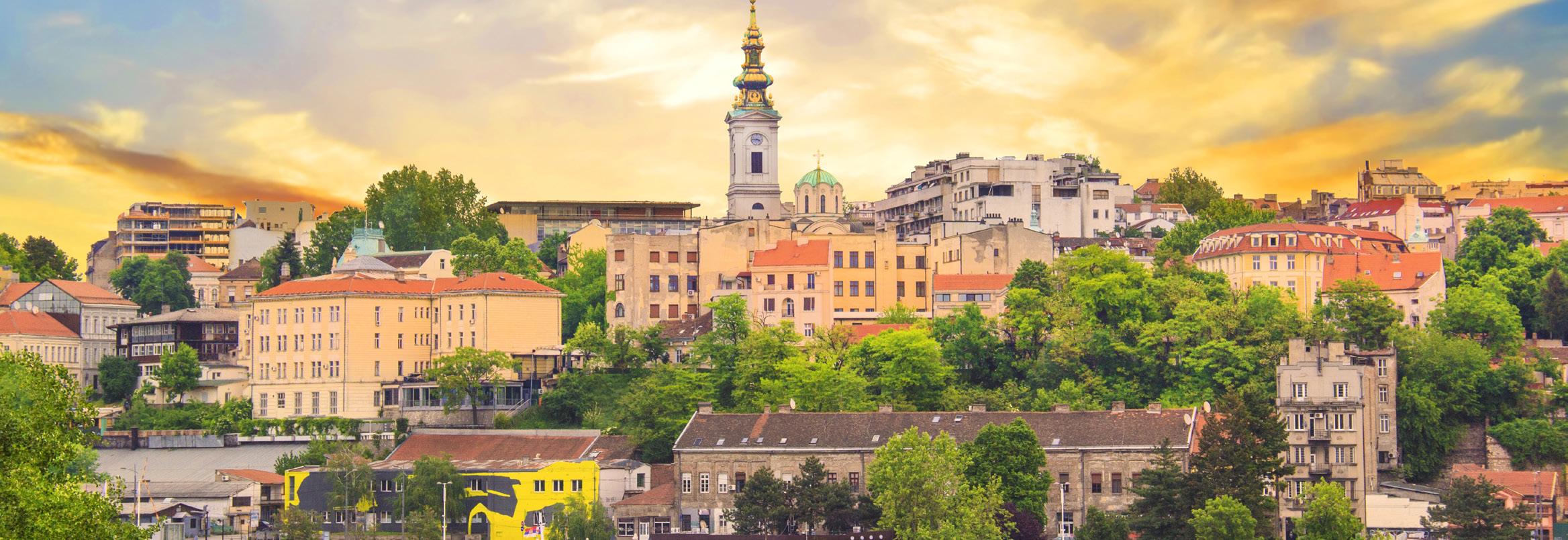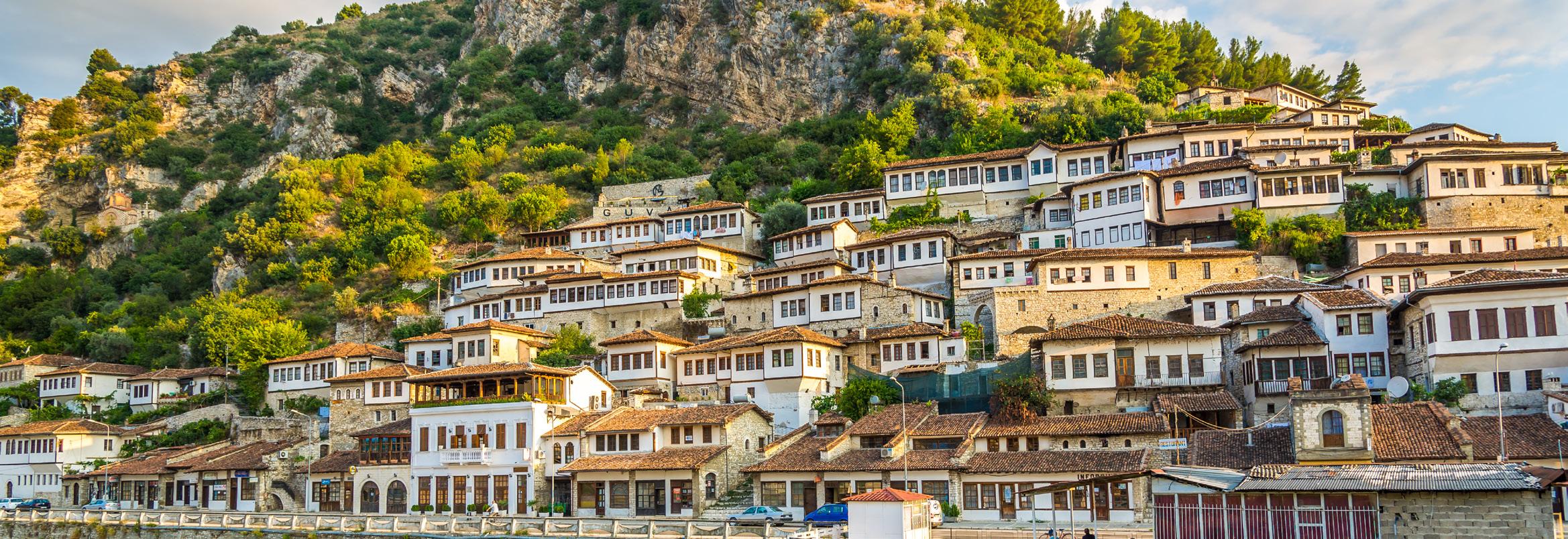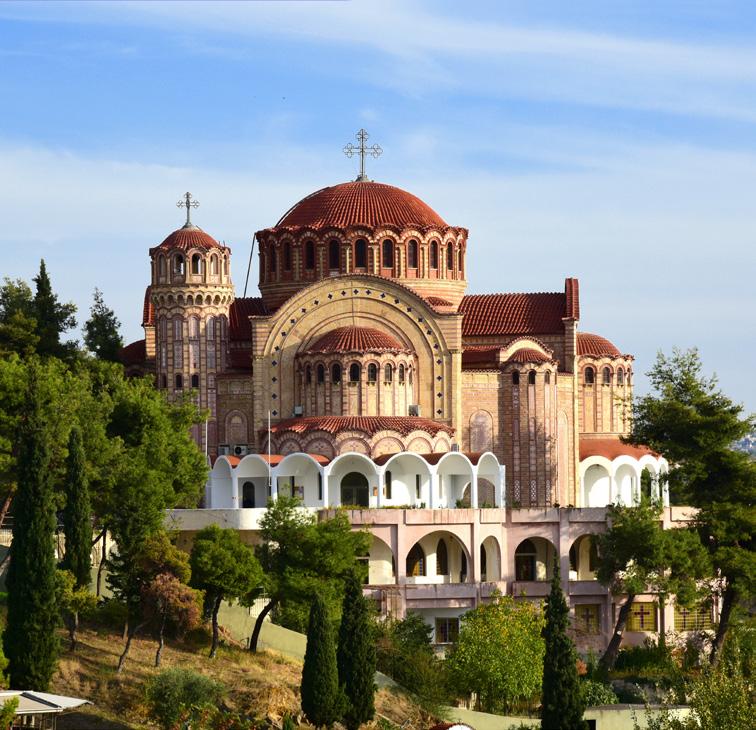
7 minute read
The Most Beautiful Secrets of the Balkans
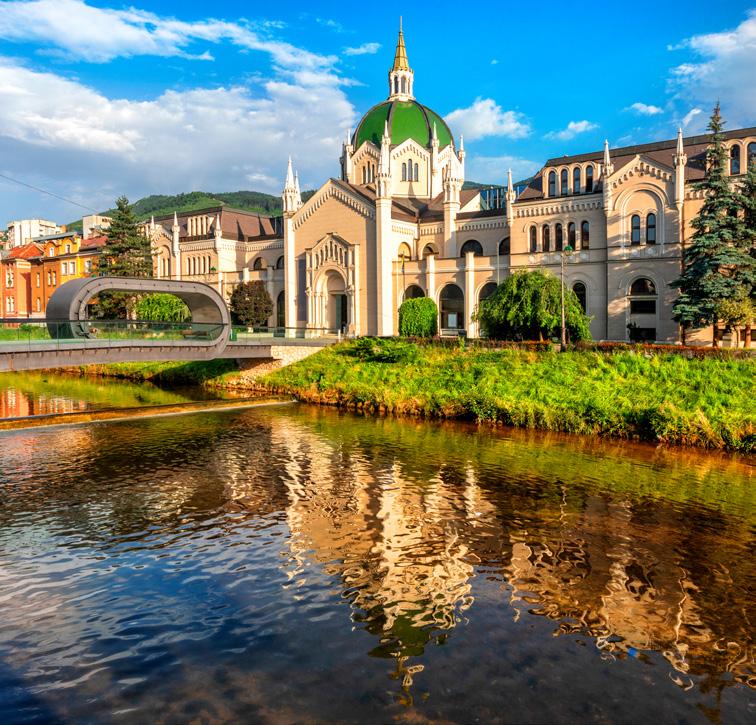
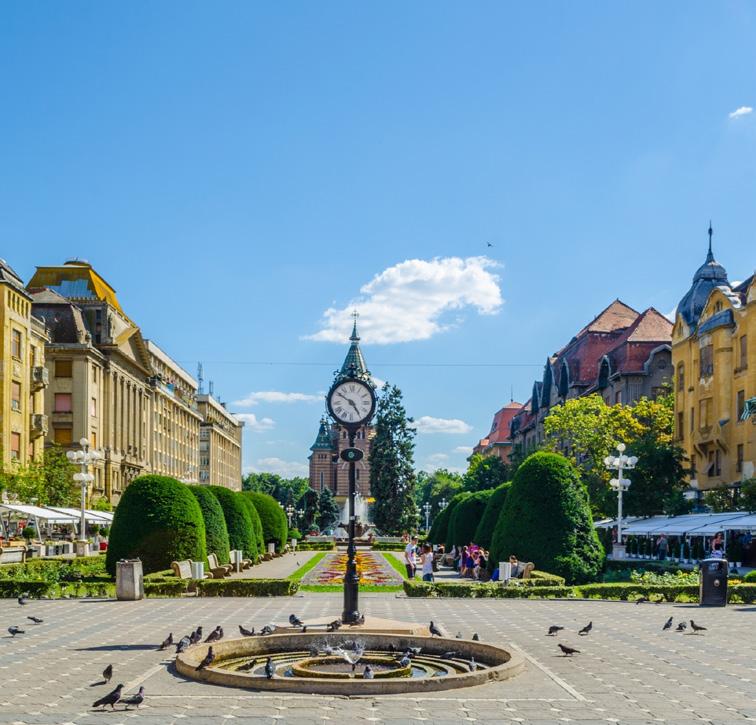
Advertisement
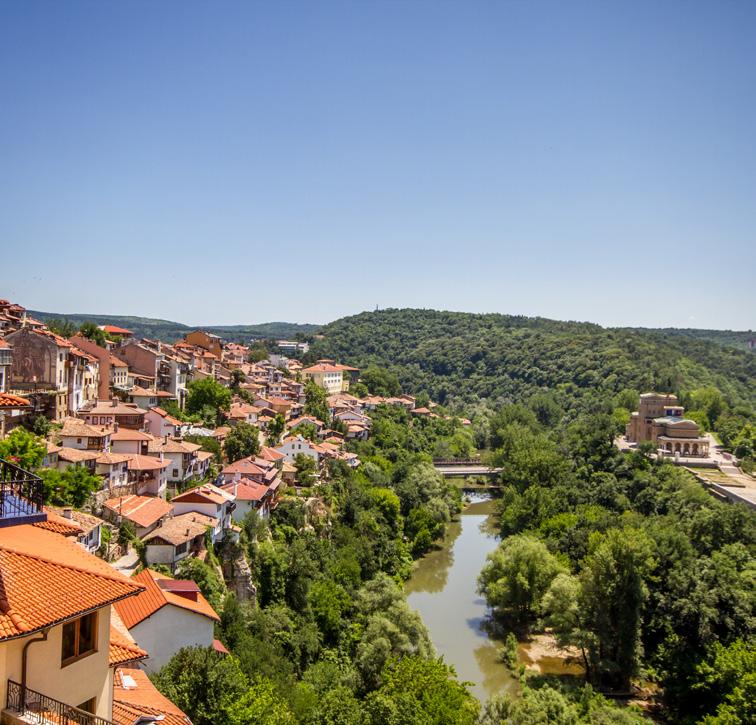
Day 1. Homeland-Bucharest: Departure from your country and flight to Bucharest. Bucharest is the capital and largest city of Romania, as well as its cultural, industrial, and financial centre. It is located in the southeast of the country, on the banks of the Dâmbovița River, north of the Danube River and the Bulgarian border. Bucharest was first mentioned in documents in 1459. It became the capital of Romania in 1862 and is the centre of Romanian media, culture, and art. Its architecture is a mix of historical, interbelic, communist era and modern. In the period between the two World Wars, the city’s elegant architecture and the sophistication of its elite earned Bucharest the nickname of “Little Paris”. Arrival and transfer to the hotel.
Day 2. Bucharest, Arbanassi, Veliko Tarnovo Panoramic tour and visit of the Romanian capital, Bucharest. We visit many of the older parts of the city to discover the architecture that earned it the reputation as the ‘Paris of Eastern Europe’ such as the striking columned facade of the Romanian Atheneum concert hall and the Royal Palace of Bucharest. We will also see the exterior of the Palace of Parliament, which is the second largest building in the world. We will make a visit to the fascinating Village Museum where we can see a collection of old wooden churches, windmills and peasant dwellings from different regions. Departure for Bulgaria. Visit of the classified village-museum of Arbanassi and a church. Arbanasi is a village in Veliko Tarnovo Province of central northern Bulgaria, set on a high plateau between the larger towns of Veliko Tarnovo and Gorna Oryahovitsa. It is known for the rich history and large number of historical monuments, such as 17th- and 18thcentury churches and examples of Bulgarian National Revival architecture.
Day 3. Veliko Tarnovo, Tryavna, The Valley Of Roses, Plovdiv Visit of the historic town of Tryavna: Daskalov House and the small wood carving museum, the museum of icons. Road through the Chipka pass and visit of the Russian church. Visit the replica of the tomb of Kazanlak, classified UNESCO and a rose distillery. Arrival in Plovdiv, designated European Capital of Culture in 2019.
Day 4. Plovdiv, Bansko: Visit of Plovdiv and the ethnographic museum. During most of its recorded history, Plovdiv was known in the West by the name Philippopolis after Philip II of Macedon conquered the city in the 4th century BCE. The city was originally a Thracian settlement and subsequently was invaded by Persians, Greeks, Celts, Romans, Goths, Huns, Bulgars, Slavs, Rus people, Crusaders, and Turks. Road to Brestovitsa: visit of a cellar and tasting of local wines. Arrival in Bansko, gateway to the Pirin National Park.
Day 5. Bansko, Rila, Sofia: Visit of the magnificent Rila, UNESCO-listed. Road to the Bulgarian capital, Sofia. Visit (with local guide) of Boyana Church. Panoramic tour and visit of the Alexander Nevsky Cathedral and Hagia Sophia. Typical dinner with traditional music.
Day 6. Sofia, Nis, Pristina, Skopje: Entry to Serbia and road to Nis. Entry into Kosovo.Panoramic tour of Pristina: the imperial mosque. Entry to Macedonia and road to Skopje.
Day 7. Skopje, Ohrid, Tirana: Panoramic tour of Skopje: the National Theater, the Stone Bridge on the Vardar River. Visit of the Kale Fortress. Departure for Ohrid, an elegant UNESCO listed city located on the lake of the same name, a 358-squarekilometer inland sea with important remains including the Saint Sophia Cathedral. Accommodation for two nights in Tirana.
Day 8. Tirana, Kruje, Tirana: Panoramic tour of the Albanian capital, Tirana. Tirana is the capital and largest city of the Republic of Albania. Tirana is located in the center of Albania and is enclosed by mountains and hills with Mount Dajt elevating on the east and a slight valley on the northwest overlooking the Adriatic Sea in the distance. It is among the wettest and sunniest cities in Europe, with 2,544 hours of sun per year. Trip to Krujë dominated by the Skanderbeg Fortress and visit of the museum.
Day 9. Tirana, Budva, Bay of Kotor, Dubrovnik Entry to Montenegro, road through Podgorica to Budva, the large Montenegrin seaside resort. Road by the Bay of Kotor, deep cove offering a landscape of rare beauty. Entry into Croatia. Accommodation for two nights in the region of Dubrovnik or Trebinje.
Day 10. Dubrovnik: Anybody visiting Dubrovnik should be sure to explore every nook of the city’s world-famous walls and old town. You can walk along the top of the city’s walls and climb the perimeter towers, or duck down the evocative streets of the old town to check out the churches, monasteries and curious monuments of the old town, each with a compelling story to tell. Panoramic tour of Dubrovnik: the ramparts and the cathedral and visit of Knezev Dvor palace and the pharmacy of the Franciscan monastery.
Day 11. Dubrovnik, Mostar, Sarajevo: Entry into Bosnia and Herzegovina and road to Mostar. Panoramic tour : the bridge over the Neretva, the bazaar, then road to Sarajevo, where in 1914, it was the site of the assassination of Archduke Franz Ferdinand of Austria by local Young Bosnia activist Gavrilo Princip that sparked World War I. Panoramic tour of the Bosnian capital: the Gasi HusrevGegova Grand Mosque and the AustroHungarian quarter.
Day 12. Sarajevo, Srebrenica, Belgrade: Visit of the Tunnel Museum under the airport by which Sarajevo was supplied during the Serbian blockade. Short drive to Srebrenica whose name is associated with the Bosnian war. During the Bosnian War, Srebrenica was the site of a massacre of more than 8,000 Bosniak men and boys, which was subsequently designated as an act of genocide by the International Criminal Tribunal for the former Yugoslavia and the International Court of Justice. Visit of the moving Srebrenica memorial. Entry to Serbia then road to Belgrade.
Day 13. Belgrade, Timisoara: Panoramic tour of the Serbian capital, Belgrade, city at the confluence of the Sava
and the Danube River: the Royal Palace, the residence of Queen Ljubica. Visit the Belgrade fortress, core of the city offering magnificent views. Entering Romania, road to Timisoara European Capital of Culture in 2021 and panoramic tour.
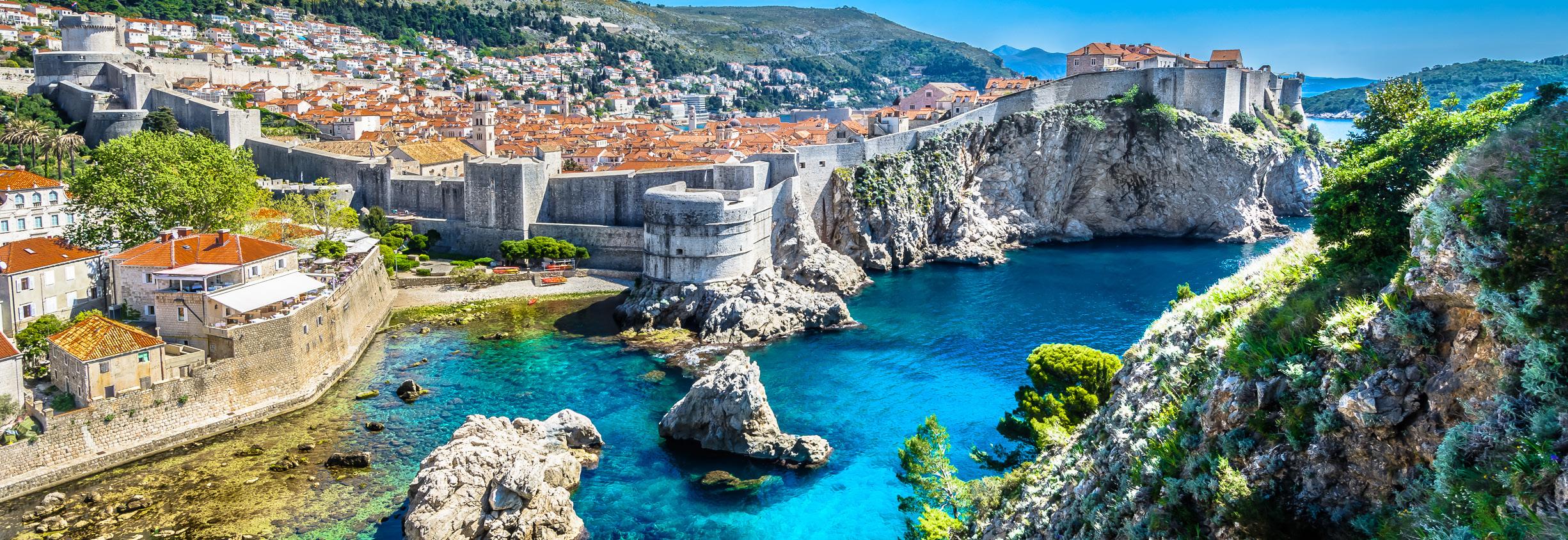
Day 14. Timisoara, Hunedoara, Sibiu, Poiana Brasov Departure for Transylvania. Visit of the Hunedoara Castle, fully restored. Corvin Castle, also known as Hunyadi Castle or Hunedoara Castle, is a Gothic-Renaissance castle in Hunedoara, Romania. It is one of the largest castles in Europe and figures in a list of the Seven Wonders of Romania. Corvin Castle was laid out in 1446, when construction began on the orders of Voivode of Transylvania John Hunyadi who wanted to transform the former keep built by Charles I of Hungary. The castle was originally given to John Hunyadi’s father, Voyk, by Sigismund of Luxembourg, king of Hungary and Croatia, as severance in 1409. It was also in 1446 that John Hunyadi was elected as the regent-governor by the Diet. Arrival in Sibiu, visit of the medieval city.


Day 15. Poiana Brasov, Bran, Brasov, Bucharest The next point of attraction is represented by the Bran Castle one of the oldest fortresses in Transylvania. The romantically situated castle, which served first for military purposes, was in the interwar period the residence of Queen Mary. Nowadays it is a museum, notorious as Dracula’s Castle. Lunch in the wealthy city of Brasov and visit of the: Council Square and the Black Church or the Orthodox Church. Back to Bucharest. Dinner in the old town. Day 16. Bucharest-Homeland Transfer to the airport and flight to your home country.
Minimum of turists 10+1 15+1 20+1 25+1 30+1 35+1 40+1 45+1 Price per person (place in DBL/HB) 1445€ 1235€ 1125€ 1065€ 1020€ 990€ 970€ 950€ SGL Supplement 310€ 310€ 310€ 310€ 310€ 310€ 310€ 310€ Services 15 nights of accommodation in 4* Hotels with HB English speaking guide Bus/Mini-bus at your disposal 2 festive dinners Traditional dance and music show Wine tasting 1 SGL room free of charge for the foreign tour leader
15 Lunches Supplement 195€ 195€ 195€ 195€ 195€ 195€ 195€ 195€

